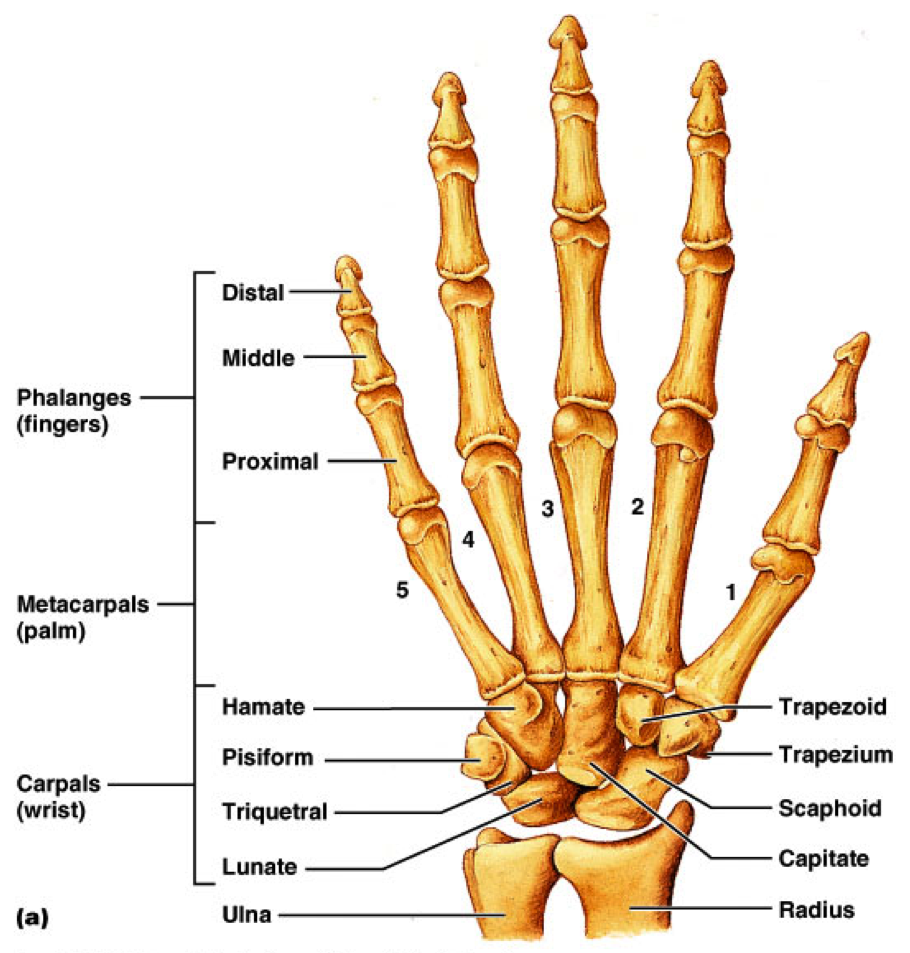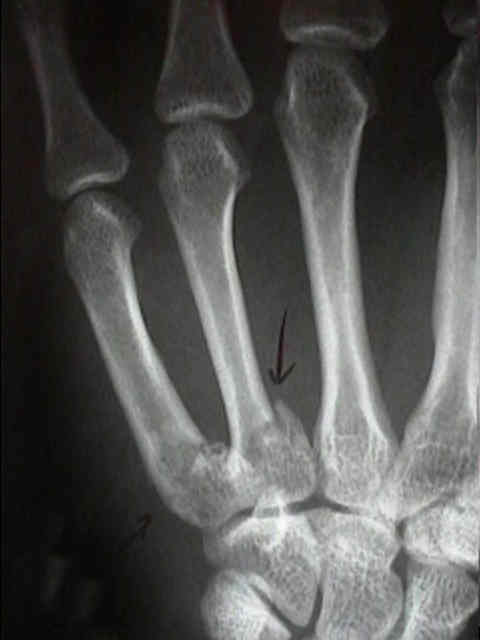

In multiple metatarsal or metacarpal fractures that are not amenable to internal fixation or external coaptation, the traction- ESF device can provide a valuable alternative in fracture management. The majority of the fractures had an improvement in both alignment and apposition postoperatively. Īn external skeletal traction device for distal fractures has been described in eleven dogs as an option for closed treatment. Despite local inflammation and drainage tract from the wires were seen in all cases, none of the dogs had residual lameness in the follow up period. The main advantage of using a circular fixator construct is the small-diameter fixation wires. Ĭircular external skeletal fixation has also been described as an option to treat multiple MT and MC fractures in three dogs. Epoxy putty external skeletal fixation has been described as a successful technique for the management of multiple MC and MT fractures in 11 dogs and 11 cats when a good alignment is achieved. Surgeons must find a balance between acceptable stability for fracture healing and adequate flexibility to allow stimulatory micromovement. However, any further increase in motion at the fracture site will exceed the strain limits of healing tissues, leading to fibrous tissue formation and an eventual non-union. ESFs provide a less rigid fixation than internal fixation and may allow micromotion at the fracture site, which has been shown to be important in stimulating blood flow and callus formation. Closed reduction decreases tissue trauma and infection risk at the fracture site by eliminating the soft tissue incision and approach. ĮSFs are the preferred technique for comminuted and/or for open fractures, where “biological osteosynthesis” is desired for preservation of blood supply and reduction of contamination. Closed techniques include several configurations of External Skeletal Fixators (ESFs).

Open techniques consist of intramedullary (IM) pin fixation, internal fixation with bone plates, tension-band wire fixation, and lag screws. Various surgical techniques have been described. Additionally, surgery is advised for significantly displaced fractures, open fractures, infected fractures and those in large or working dogs. Surgery is recommended when more than two bones are fractured, if both main weight-bearing bones are affected, or there is a proximal fracture of MCs/MTs II or V. Ĭonservative management has been historically recommended for minimally displaced fractures and fractures where at least one major weight-bearing bone (MCs/MTs III or IV) is undamaged. They are usually a result of trauma, most frequently road traffic accidents and falls, and most commonly affect the mid- or distal diaphysis of MCs, and the proximal region of MTs. Metacarpal (MC) and metatarsal (MT) fractures are reported to occur with an incidence of up to 5–12% of all fractures in dogs and 3% in cats. However, other factors such as configuration of the fracture, soft tissue involvement, patient´s character and client´s situation would also need to be taken into account in the decision of stabilization technique. ConclusionĪccording to the results, better healing, fracture alignment and a lower complication rate are found when fractures are stabilised with an open technique. Fracture malalignment was significantly more prevalent in patients undergoing closed stabilization (11/32 vs 2/31). However, a higher number of major complications was reported in the open group (7/31 vs 2/32) although this was not statistically significant. A significantly higher proportion of minor complications were reported in the closed group (27/32 vs 12/31). Regarding postoperative complications, a significantly higher number of animals in the open group did not develop any complications (12/31 vs 3/32). Regarding fracture healing a significantly higher proportion of delayed healing/non-union was found in the closed group (12/32 vs 2/31). Thirty-one were treated with an open approach and 32 by a closed stabilization. Sixty-three patients (35 dogs and 28 cats) were included. Fracture healing was classified as good, delayed and non-union, and it was statistically compared. Minor and major complications were recorded and compared. Patients were allocated in two groups: open or closed stabilization. Medical records of dogs and cats with metacarpal/metatarsal fractures with complete follow-up were retrospectively reviewed. The aim of this study is to determine whether there is any significant difference in healing and complication rates, between open and closed treatment. Treatment options for metacarpal/metatarsal fractures include conservative and surgical management.


 0 kommentar(er)
0 kommentar(er)
